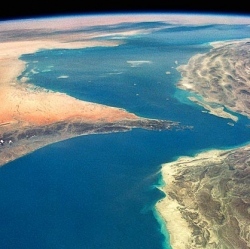
A finding that was met with a considerable degree of scepticism, but an undergraduate student Cleo Loi, 23, has proven that the phenomenon exists. By using a radio telescope in the West Australian outback to see space in 3D, Loi has proven that the Earth’s atmosphere is embedded with these strangely shaped, tubular plasma structures.
The complex, multilayered ducts are created by the atmosphere being ionised by sunlight. “For over 60 years, scientists believed these structures existed, but by imaging them for the first time, we’ve provided visual evidence that they are really there,” said Ms Loi, of the Australia Research Council Centre of Excellence for All-sky Astrophysics (CAASTRO).
“We measured their position to be about 600km above the ground, in the upper ionosphere, and they appear to be continuing upwards into the plasmasphere. “This is around where the neutral atmosphere ends, and we are transitioning to the plasma of outer space.
“We saw a striking pattern in the sky where stripes of high-density plasma neatly alternated with stripes of low-density plasma. This pattern drifted slowly and aligned beautifully with the Earth’s magnetic field lines, like aurorae. “We realised we may be onto something big.”
The breakthrough came when Loi used the remote telescope, the Murchison Widefield Array (MWA), to map large patches of the sky in a new way. By separating the signals from tiles in the east from the ones in the west, the astronomers gave the MWA, a set of 128 antenna tiles spread over 9sq km in the desert, the power to see in 3D.
“This is like turning the telescope into a pair of eyes, and by that we were able to probe the 3D nature of these structures and watch them move around,” Loi said. “We were able to measure the spacing between them, their height above the ground and their steep inclination. This has never been possible before and is a very exciting new technique.”
